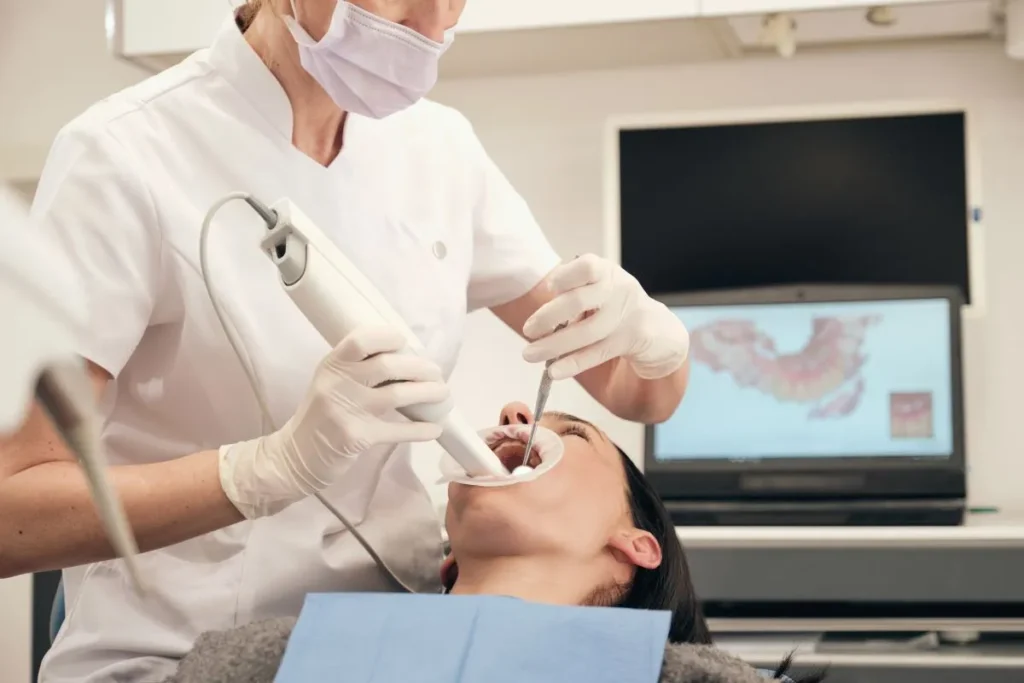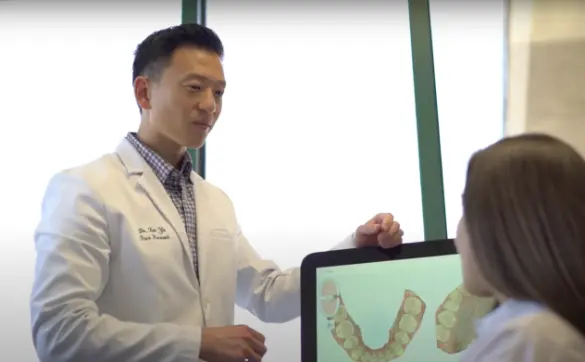
Digital intraoral scanners have revolutionized diagnostics in orthodontic care by offering a range of benefits that enhance the precision, efficiency and patient experience during the diagnostic process. It allows us to capture highly detailed and accurate digital impressions of a patient’s teeth and oral structures, contributing to improved treatment planning and outcomes.


We use non-invasive home sleep screenings as a tool to monitor a patient’s breathing, heart rate, and oxygen levels during sleep that can help confirm the presence of sleep apnea. If the screening results suggest the presence of sleep apnea, a referral to a sleep specialist is made for further evaluation and treatment.
In certain cases, we may recommend a home sleep study as a screening tool for patients who do not have a sleep physician or are unsure about having a sleep-related breathing disorder. The sleep image ring, which is non-invasive, is worn on the finger to determine if there are any sleep irregularities. Although we do not make an official diagnosis, the results provide us with an indication of the severity of the sleep-related breathing disorder, which can be helpful in determining the next course of action. The final diagnosis is made by a sleep physician.